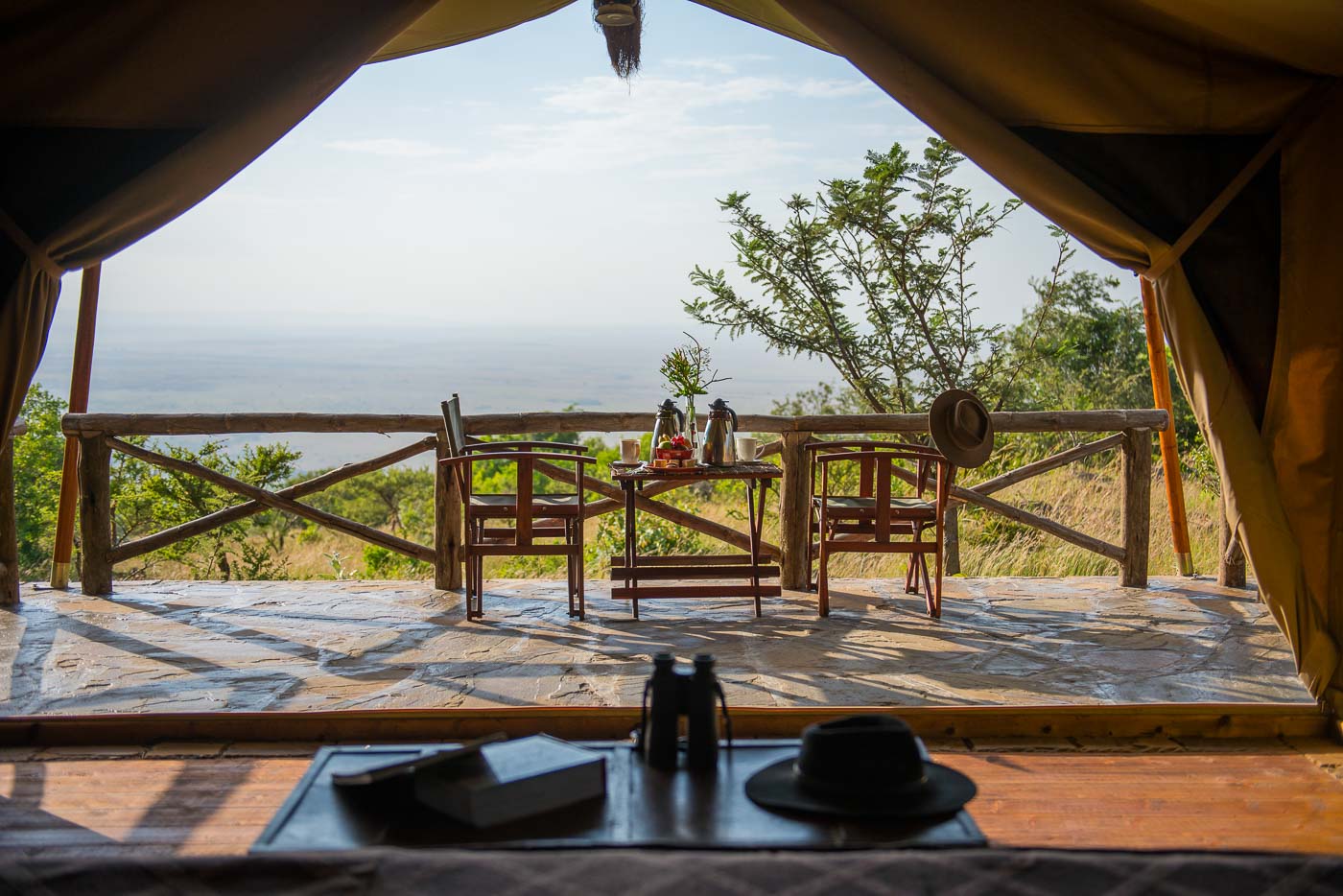It’s a boyhood dream to build a tree house, to create a retreat from the everyday, a getaway perched high in some unforgettable setting with an amazing view, presumably difficult for adults to reach. This may be a common dream, but some who actually act on it often build them in uncommon places, and not always in trees.
Behold the Drina River House, a structure born of that same imagination and inspiration. It was built during the summer of 1969, after a group of adventurous boys had expanded their sunbathing platform that they had built the previous year on a huge rock in the middle of the Drina River. Milija Mandic (who still owns the house) along with his friends built the structure that, despite being swept away by floods on occasion, has been returned to its perch where it has remained ever since. And just like the building of a tree house, where the difficulty of hauling the building materials to the site is half the adventure, the daunting task of building a cabin on a rock in the middle of a river was obviously part of the fun and challenge that motivated building it. They transported construction materials by boat and kayak and floated the bigger pieces downriver to the rock.
Not only possessing incredible views, the river house is part of an incredible view as well. Hungarian photographer Irene Becker discovered the picturesque cabin near Tara Mountain on the eastern edge of the Tara National Park (bordering Bosnia), and her amazing photograph of it was featured as a Photo of the Day by National Geographic, since attracting worldwide attention.
Those who wish to visit the house may not be able to stay there, but glamping options are available in the breathtakingly beautiful Tara Mountain Valley. Jasika Villa and Omorika Villa offer cozy A-frame cabins with stunning views of the valley. And even if you may not be able to stay at the Drina River House, its existence shows that sometimes the adventure of glamping is not always a place to find, but a place to build.









